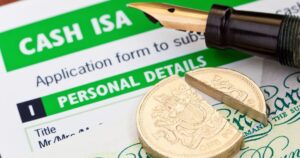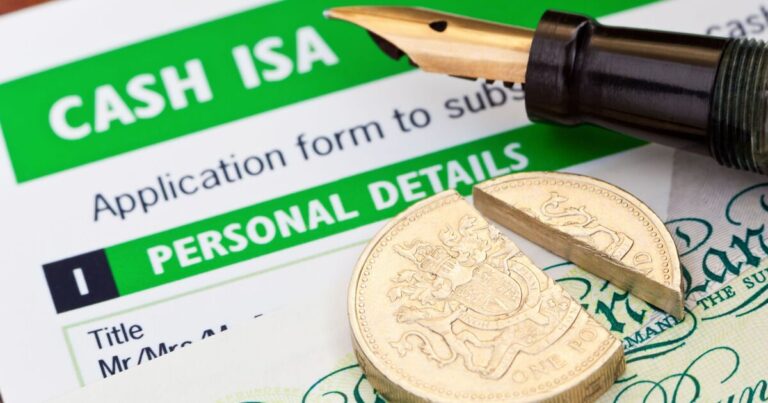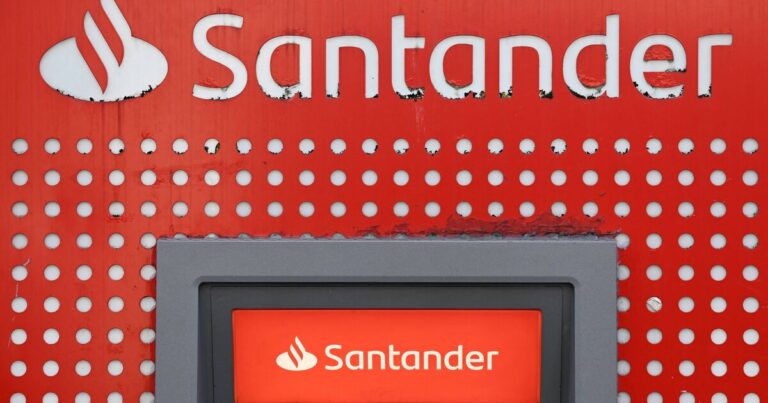
Pensioners nationwide could be losing out on thousands of pounds due to a Department for Work and Pensions (DWP) error. Those potentially owed money from their retirement include individuals who claimed Child Benefit before 2000 and have gaps in their National Insurance records.
In a bid to locate those affected, primarily women, HMRC has dispatched hundreds of thousands of letters to those over the state pension age. The DWP estimates it underpaid between £300 million and £1.5 billion of State Pension due to errors with the recording of Home Responsibilities Protection (HRP).
HRP was a scheme designed to protect parents’ and carers’ entitlement to the State Pension and was replaced by NI credits from April 6, 2010. HMRC is using National Insurance records to identify as many people as possible who may have been entitled to HRP between 1978 and 2010 but have no HRP on their NI record.
From May 2000, it became mandatory to include a National Insurance number on claims, meaning those who claimed after this date will not have been affected. It’s estimated that tens of thousands of individuals are due an average of £5,000 in back payments.
The DWP has stated that personal representatives can claim on behalf of deceased customers.
HMRC and DWP are launching a wider campaign to ensure everyone who may be eligible is aware of the corrections exercise. Before you begin the HRP check, you’ll be asked if there are any gaps in your National Insurance record.
You can verify your eligibility for HRP through the government’s official online tool. If you’re unable to find your National Insurance record online or don’t know the answers to any of the questions, you can select ‘Do not know’ and you’ll be guided on how to obtain this information.
The online HRP tool can still be used to apply for HRP, for full tax years (6 April to 5 April) between 1978 and 2010. According to GOV.UK, most people automatically received HRP if they were claiming Child Benefit in their name for a child under 16 and had given the Child Benefit Office their National Insurance number, or if they were receiving Income Support and did not need to register for work because they were caring for someone who was sick or disabled. If your partner was the one who claimed Child Benefit and you reached State Pension age before 6 April 2008, you won’t be able to transfer Home Responsibilities Protection (HRP).
However, if you lived with a partner who claimed Child Benefit while you both cared for a child under 16 and they don’t need the HRP, you might be able to transfer it.
The Home Responsibilities Protection (HRP) can be transferred to you for any ‘qualifying years’ on your National Insurance record between April 1978 and April 2010, which will then be converted into National Insurance credits. However, if you were a married woman or a widow during any complete tax year, you’re not eligible for HRP.
If you were caring for a sick or disabled person, you can only claim HRP for the years you spent caring for someone with a long-term illness or disability between 6 April 1978 and 5 April 2002. The person you cared for must have been receiving one of the specified benefits for at least 48 weeks of each tax year on or after 6 April 1988 or every week of each tax year before 6 April 1988.
Even if you’re over State Pension age, you can still apply for HRP. However, you won’t usually receive any increase in State Pension that may have been due for previous years.
If you were receiving Carer’s Allowance, there’s no need to apply for HRP as you’ll automatically get National Insurance credits and wouldn’t usually have needed HRP. If you were a foster carer or looking after a friend or family member’s child, it’s crucial to apply for HRP.
If you were not receiving Child Benefit, were not in paid employment, or did not earn enough in a tax year for it to count towards the State Pension, then all of the following must also be true:
- you were not getting Child Benefit
- you were not in paid work
- you did not earn enough in a tax year for it to count towards the State Pension
If you reached State Pension age on or after 6 April 2010. Any Home Responsibilities Protection (HRP) you had for complete tax years prior to April 6, 2010, was automatically converted into National Insurance credits, if needed, up to a maximum of 22 qualifying years.

















